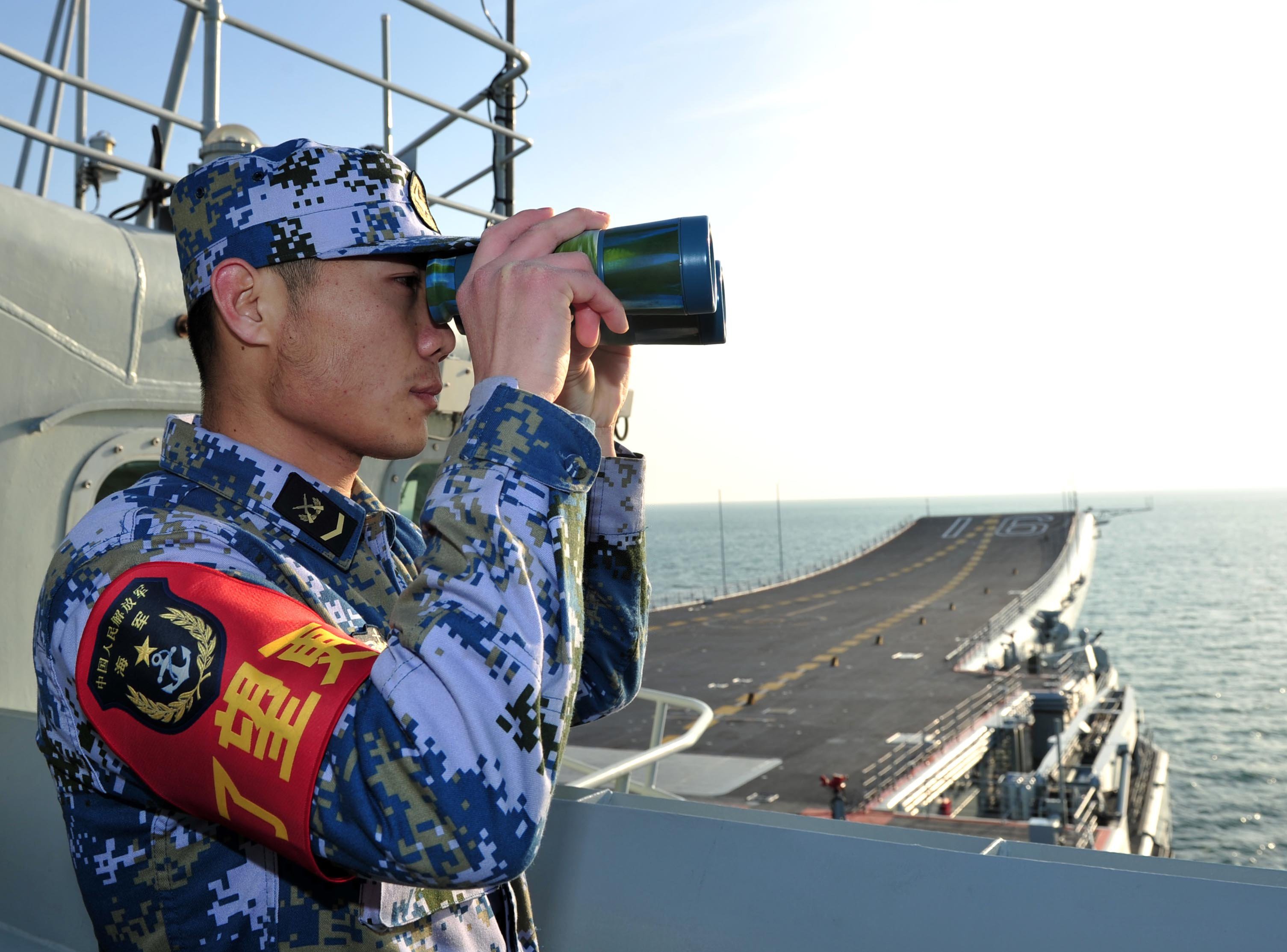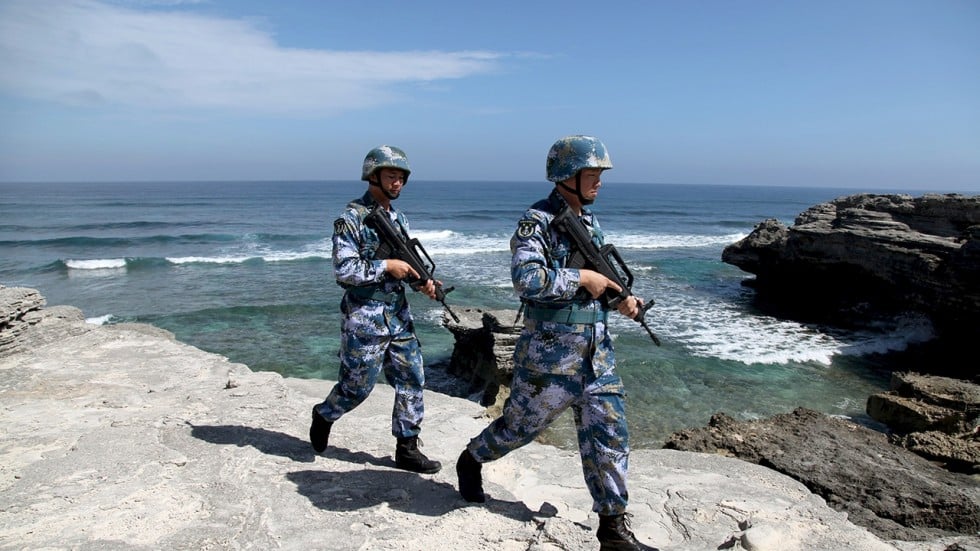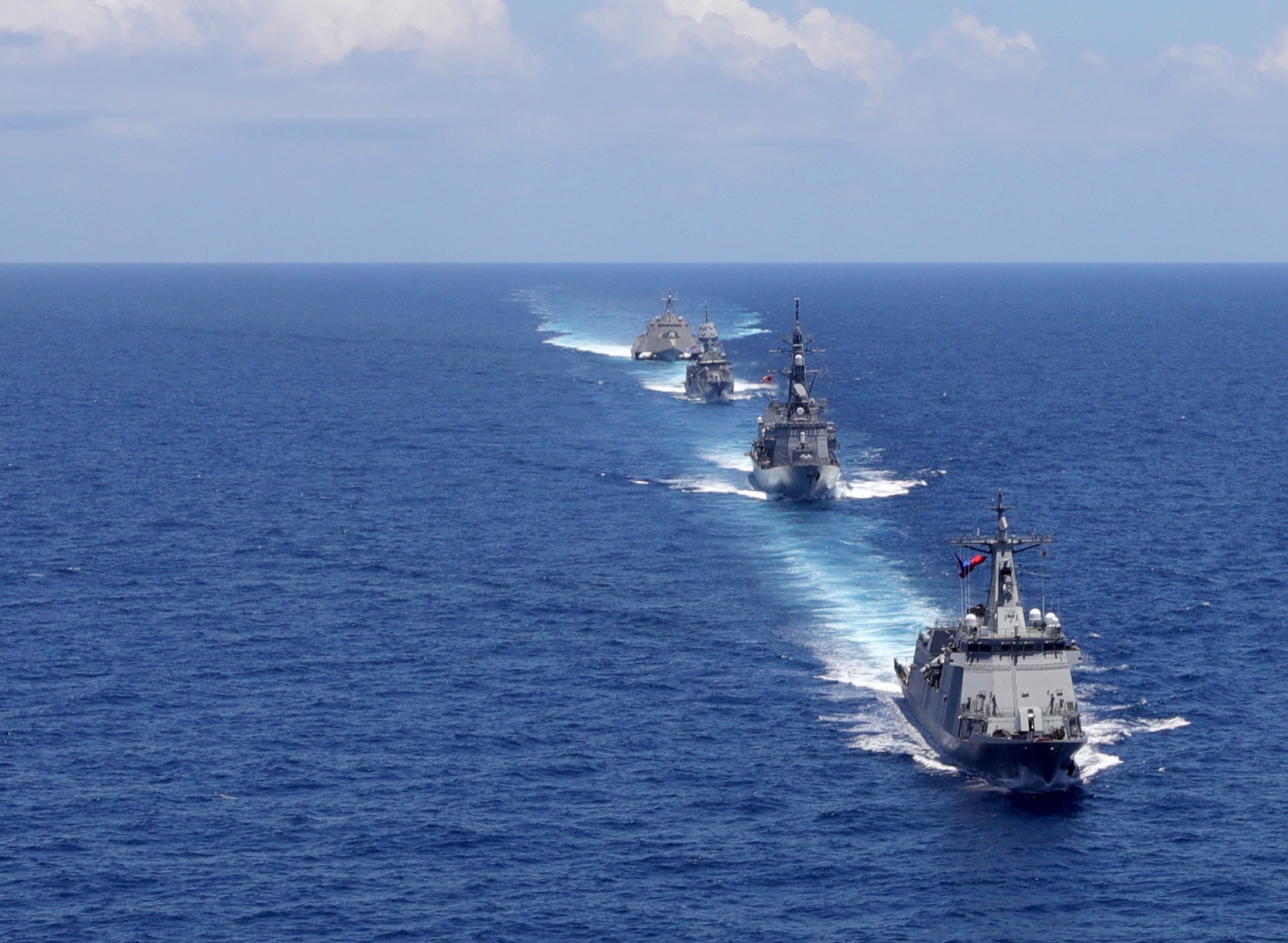
Long before Tuesday’s ruling by an international arbitration panel against it, China has been moving toward turning an international waterway such as the South China Sea “into a Caribbean” where Beijing exerts its peacetime dominance, a leading Japanese defense expert said.
Speaking at the Center for International and Strategic Studies, a Washington, D.C., think-tank, Tetsuo Kotani, of the Japan Institute of International Affairs, said Beijing “justifies [these actions, including building artificial islands from coral reefs] as defensive.”
China for several years has “emphasized the maritime domain as an area of military struggle,” Timothy Heath of the Rand Corporation added. That domain, in the Chinese view, includes the East China Sea and Taiwan as well. He noted how Beijing has built up its naval capabilities, from reforming its command structure to the massive expansion of its coast guard and the growth of its naval militia in its commercial fishing fleet. Heath said the coast guard has grown by more than 100 vessels, some larger than American Arleigh Burke destroyers, in the past decade.
This is in keeping with China’s “carrot-and-stick” approach to the region of consolidating control of areas it claims and wanting to avoid war.
China immediately rejected Tuesday’s ruling of the Permanent Court of Arbitration on the U.N.’s Convention of the Law of the Sea that Beijing did not have economic control over the rich fishing waters, which also are believed to have promising deposits of oil and natural gas.
The Philippines brought the dispute to the Hague in 2013.
The tribunal also rejected China’s claim to the so-called “nine-dash line” of control established after World War II, which takes in a much larger area. It did not rule on sovereignty claims by either country. Other counties having territorial claims in the South China Sea are Taiwan, Vietnam, Indonesia and Brunei.
One of China’s military goals in the South China Sea, Kotani said was “to restrict and prohibit ISR [intelligence, surveillance and reconnaissance] by other nations,” most prominently the United States. That would effectively put the waters off limits and allow China’s ballistic missile submarines to remain undetected and undermine U.S. deterrence.
The building of the islands would also allow China to project its military power farther from the mainland.
Kotani said one model that could be followed is occurring in the East China Sea, primarily between Japan and the United States in countering Chinese moves. They include building up maritime situational awareness, working together on law enforcement, using a whole of government approach to these efforts and better interoperability of maritime systems. It also means looking at building up antisubmarine warfare capabilities.

In the South China Sea, most nations would have a long way to match that kind of cooperation.
Carlyle Thayer, an emeritus professor at Australia’s University of New South Wales, said, while the Philippines is the largest recipient of American military assistance, only Vietnam is seriously building up its deterrence capability—from fast attack craft, to corvettes and guided missile frigates and missiles from land and ship. In the process, Hanoi is transforming its coastal and inland fleet into a green-water force, he added.
While Vietnam still does not fully participate with other nations in deterrence, it is prepared to “fire back if fired on.”
Even though Indonesia’s government sees itself as a maritime nation, its latest defense White Paper remains “army-centric,” Natalie Sambhi, of the Perth USAsia Centre, said. Using its coast guard as an example of how diffused authority is, even in the maritime domain, she said, “Questions remain about its legal status” since it has overlapping jurisdiction with a host of government agencies from the national police, treasury, fisheries and the navy. She said capacity building with Jakarta should center on investing in better maritime awareness.
In the past, Indonesia has sent its navy to enforce its territorial fishing rights, Sambhi added.
While capacity-building and maritime modernization programs—from buying and building submarines to patrol craft and helicopters— do run the risk of military escalation in the region, Heath said, “I don’t see another way” to effectively deter an expansionist China.





